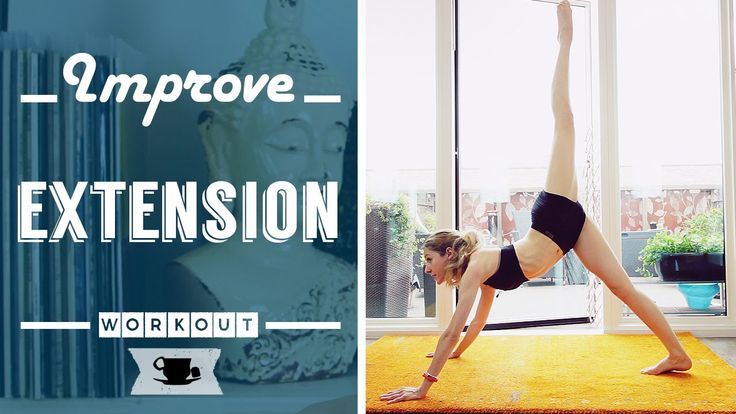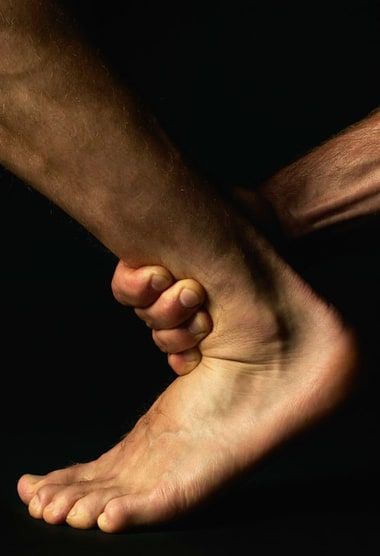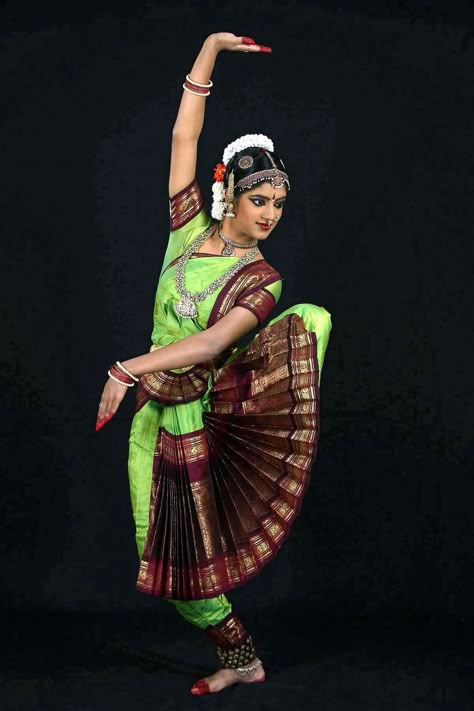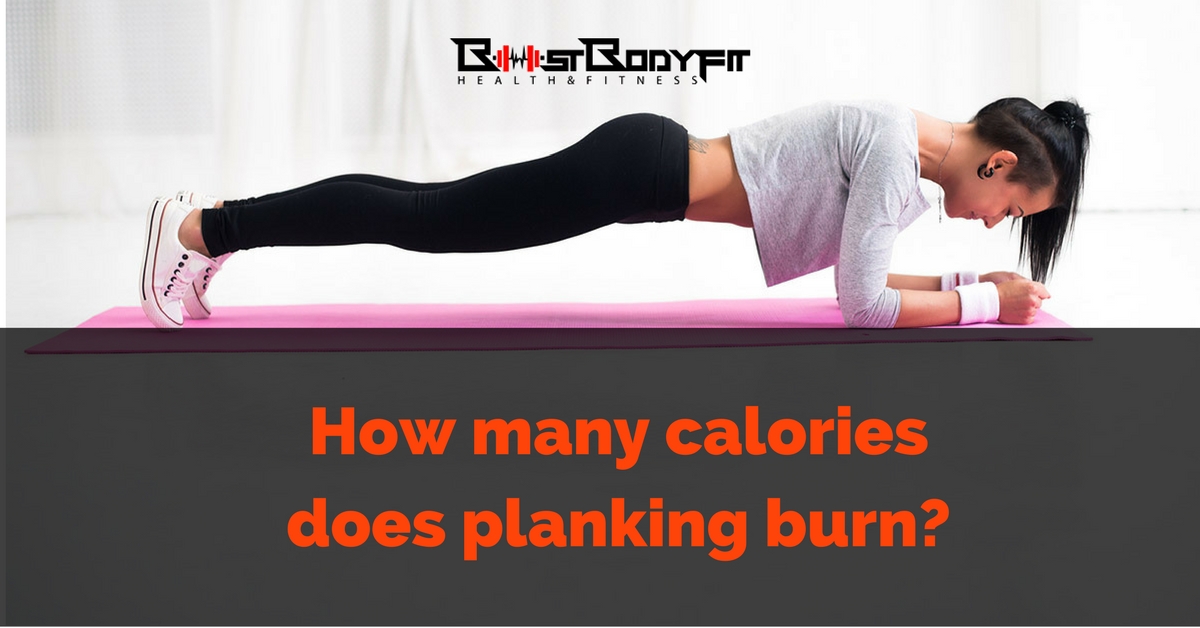How to strengthen your legs for dance
Strength Training For Dancers - Elite Dance Studio
Dance is one of the most fast-paced, demanding and dynamic activities your body can do– for this reason, dancers are world renowned for both their athletic prowess and their physical beauty. Dancing not only strengthens and tones your body, it transforms your posture and adds grace to even the most mundane of movements. Whether you are hitting the ballroom or your living room, there are simple exercises that you can do almost anywhere to gain the long, lean muscles needed for dance. Read on for Elite Dance Studio’s guide to strength training for dancers… Leg day edition!
BALLET TRAINING
Among dancers, ballet training is known to be among the most grueling– but the results are undeniable! Most people grow up knowing ballet dancers are the pinnacle of graceful strength, so why not follow their example? Ballet or ballet-inspired exercises and stretches are ideal for adding flexibility and strength to your lower half.
SQUATS & LUNGES
Squats and lunges have become popular across all kinds of popular fitness. It is for good reason! These exercises isolate and strengthen your quads, calves, hamstrings and glutes– basically your butt and legs, essential muscles for strong dancers. Another great feature is that they require no equipment, relying entirely on your body weight and proper posture. From your backyard to the office: try a set or two of squats and lunges anywhere!
WALL-SITS
This next exercise does require one thing besides a willing participant: a wall! Sit against a wall with your legs planted evenly at a 90-degree angle and you will feel the burn in no time. Wall-sits are a classic conditioning exercise for dancers, building both muscle strength and endurance. Like squats and lunges, these can be done almost anywhere and they support the lower trunk of your body.
LEG LIFTS & RAISES
Staying with the theme, other popular exercises among dancers are leg lifts and raises.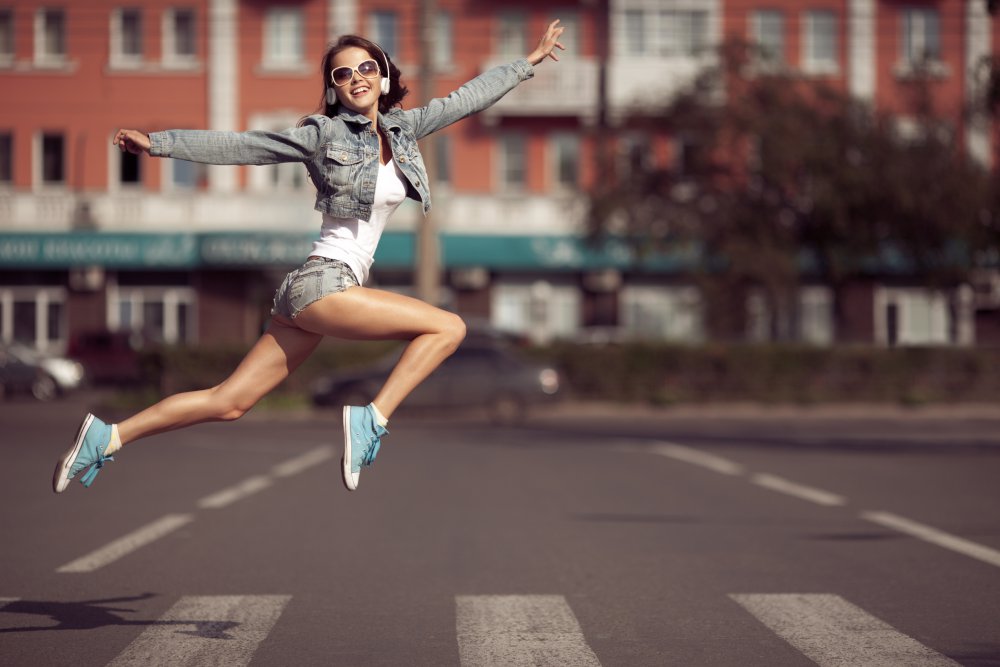 Leg lifts can be done lying on your back by raising each leg, making sure to keep it straight while tightening your abdominal muscles. Leg or calf raises can be done on a stair, low bench, curb… Anywhere really! Simply stand with your heels hanging over the edge and stand up on your tiptoes, keeping your back, legs and core in a straight line. As with all of the above, a dancer’s posture– head up, shoulders back– will add to the impact of the exercise.
Leg lifts can be done lying on your back by raising each leg, making sure to keep it straight while tightening your abdominal muscles. Leg or calf raises can be done on a stair, low bench, curb… Anywhere really! Simply stand with your heels hanging over the edge and stand up on your tiptoes, keeping your back, legs and core in a straight line. As with all of the above, a dancer’s posture– head up, shoulders back– will add to the impact of the exercise.
ABDOMINAL EXERCISES
All dancers train their core (abdominal muscles), but it may be hard for the layman to understand how that helps your legs. Strength should originate from your core, as it will add power and explosiveness to any motion. A well-trained athlete knows that strong abdominals will lengthen your entire body and allow your legs to become more toned, among other benefits.
The outline above is just a starting point for anyone seeking to pursue strength training for dancers, whether they want to dance professionally or not. Elite Dance Studios caters to students of all skill levels, focusing on the fundamentals of building a dancer’s body– and the joy of dance most of all! Contact or visit us today for more information.
Elite Dance Studios caters to students of all skill levels, focusing on the fundamentals of building a dancer’s body– and the joy of dance most of all! Contact or visit us today for more information.
6 Ballet-Inspired Exercises for Longer, Stronger Legs
wellness
By Catrina Yohay
Published Jan 5, 2022
Katie Boren is always on the move.
While most of us are waiting for our morning coffee to brew, Boren has already completed a yoga flow or core quickie and is out the door with her dog Murphy for a two or three mile walk. After that, she slips out of her sneakers and into her pointe shoes to get ready for her day job as a corps de ballet member at the American Ballet Theatre.
Between the early morning workouts and the all-day rehearsals, being a professional ballerina is no joke. “We start our day with a one-and-a-half-hour technique class,” Boren explains. “Class is usually followed by six hours of rehearsals with a one-hour break in the middle.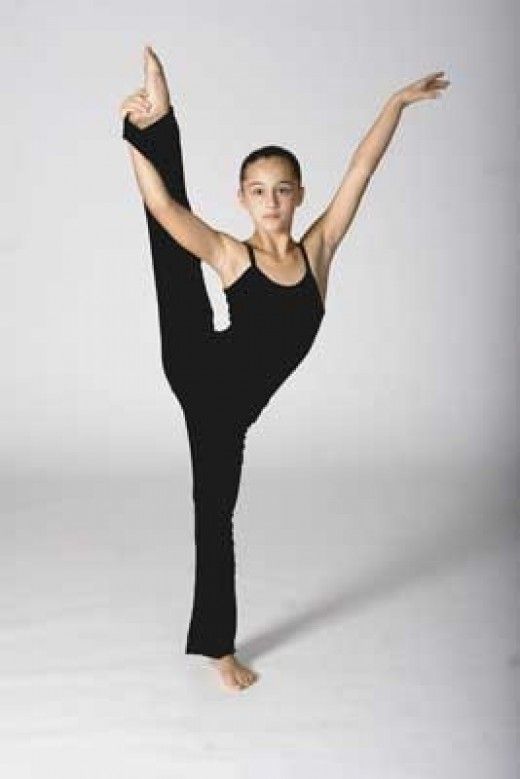 If I have a light day, I use that break to work in a cardio or strength workout.” When it’s time to go home, Boren is usually spent (can you blame her?), but she always tries to squeeze in a stretch before bed to mitigate some soreness for the next day. On her off days, the work doesn’t stop. “I typically use my free days to work in more intense strength and conditioning workouts,” like cross-training with different types of movements outside of her usual dancer routine. “I believe this is a very important part of keeping my dancing body healthy.”
If I have a light day, I use that break to work in a cardio or strength workout.” When it’s time to go home, Boren is usually spent (can you blame her?), but she always tries to squeeze in a stretch before bed to mitigate some soreness for the next day. On her off days, the work doesn’t stop. “I typically use my free days to work in more intense strength and conditioning workouts,” like cross-training with different types of movements outside of her usual dancer routine. “I believe this is a very important part of keeping my dancing body healthy.”
With a passion for dance and a desire to provide more people with an opportunity to experience the intricacies of ballet training, Boren teamed up with Equinox instructor Chris Vo to create a new take on the classical ballet class for gym-goers alike. “We created this class for everyone to enjoy and be challenged by with both ends of the fitness spectrum in mind,” Vo says. “[It] may serve as a gateway to those who desire to take their barre workout to the next level and/or to satiate those who want to rekindle their love for dance in their past.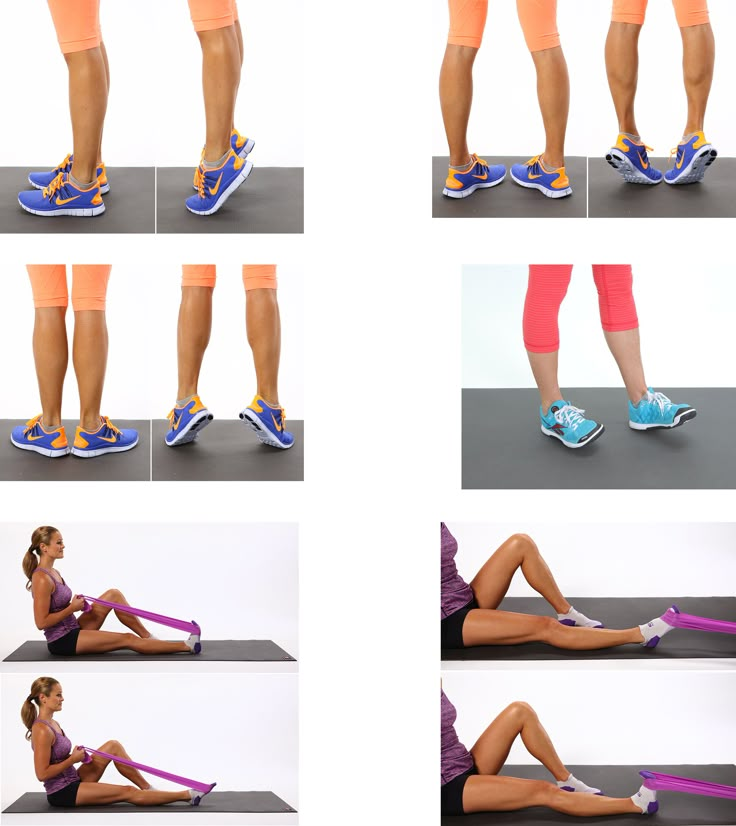 ” The Ballet by Equinox x ABT class features across-the-floor combinations (jeté! Plie! Pirouette!), athletic jumps and Thera-band sequences to help improve posture, flexibility and balance.
” The Ballet by Equinox x ABT class features across-the-floor combinations (jeté! Plie! Pirouette!), athletic jumps and Thera-band sequences to help improve posture, flexibility and balance.
WHAT ARE THE BENEFITS OF A BALLET-INSPIRED WORKOUT?
If you gave up ballet in the third grade (with no intentions of picking it back up), there are still a ton of benefits you can gain from incorporating ballet-inspired moves into your workout routine. “[Improved] posture is definitely at the top of the list,” Boren explains. “Ballet technique really focuses on proper alignment, and that carries over into these workouts.” And unlike other modalities, it allows you to stretch while strengthening or lengthen while toning, rather than one or the other. “You’re building strength and at the same time you’re increasing your mobility.” These types of moves are also low impact, meaning they require less stress on your joints and bones (which, ultimately, is better for your body in the long run).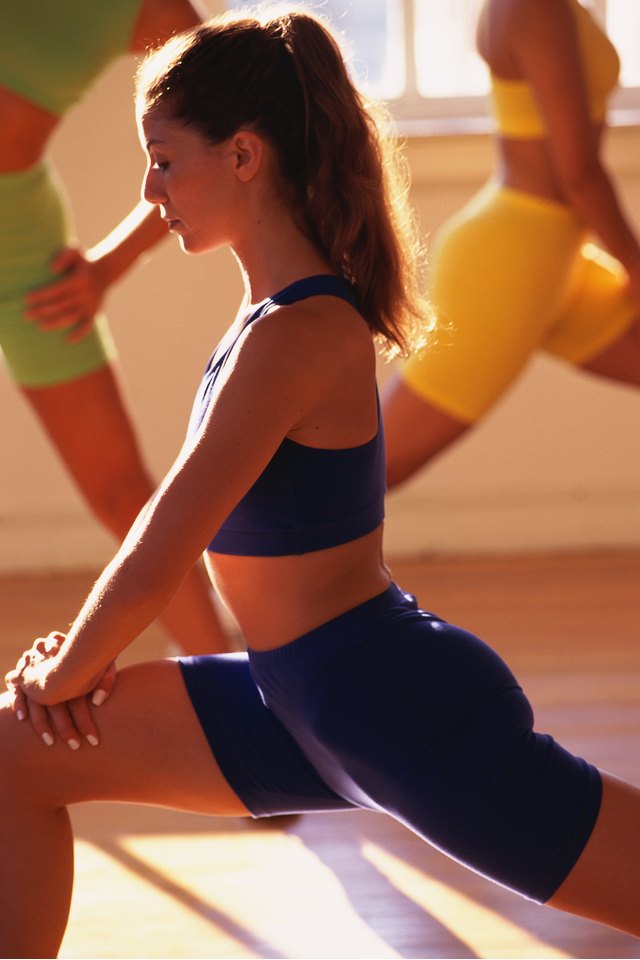
Inspired by the Ballet by Equinox ABT class, here are six lower-body moves this ballerina swears by for longer, stronger legs.
Katie Boren/Sofia Kraushaar
1. Hamstring Curls With Stability Ball
*Works your glutes, hamstrings and core.
Step 1: Lie on your back with your arms out to your sides, palms facing down. Bend your knees and place your feet up on the stability ball about hip-width apart. Flex your feet and squeeze your glutes and hamstrings to lift your hips up off the ground until your body forms a straight diagonal line from your shoulders to your knees.
Step 2: Engaging your core, extend your legs straight out, rolling the ball away from you. Drive your heels into the ball to roll it back in toward your bum, all while keeping your hips lifted as high as possible. Complete three sets of 8 to 12 reps.
Katie Boren/Sofia Kraushaar
2. Side Plank Clamshells
*Strengthens your hips, glutes, obliques and inner thighs.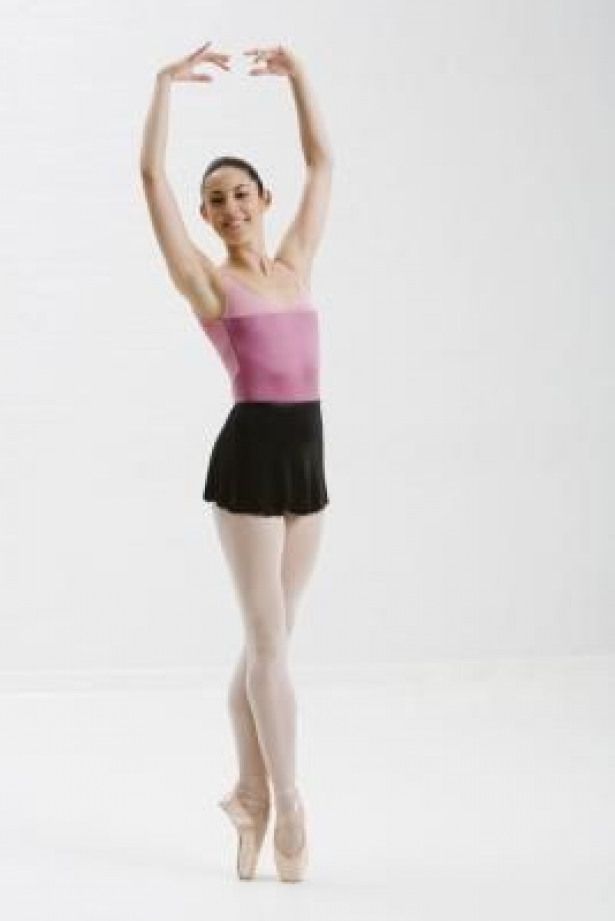
Step 1: Lie on your side in a side plank position with your left forearm anchored on the floor. With your upper body lifted, bend the knees so that your heels, hips and shoulders are all aligned.
Step 2: From here, separate your knees into a clamshell, keeping your heels glued together. As your top knee extends, simultaneously lift your hips up off the ground and extend your top arm up and over your head. To modify, place your hand on your hip or on the floor in front of you for added support. Lower back down to the starting position and repeat, completing three sets of 12 to 15 reps on each side.
Katie Boren/Sofia Kraushaar
3. Modified Side Plank Leg Lifts
*You’ll feel this in your inner and outer thighs, shoulders and obliques.
Step 1: Begin in a modified side high plank position, stacking your hand beneath your shoulder and your knee beneath your hip. Extend your top leg straight out to the side with your foot pointed, toe resting on the ground.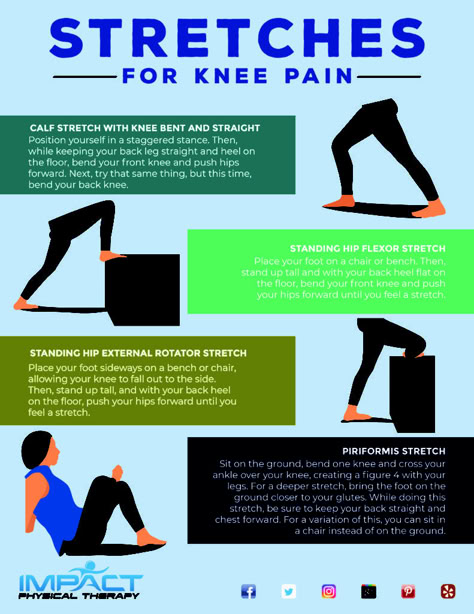
Step 2: From here, lift your top leg up until it is slightly higher than your hip (or as far as your mobility allows). Engage your core to keep your hips square, stacked and steady. Extend your arm up over your head and keep your neck in a neutral position. To modify, rest your top arm on your hip. Lower back down to the starting position and repeat, completing three sets of 12 to 15 reps on each side.
Katie Boren/Sofia Kraushaar
4. Side Lying Grand Battement
*Targets your hamstrings, inner thighs and core.
Step 1: Lie on your side, resting your head on your bottom arm. Place your top hand on the ground in front of your chest to help steady your body and make sure your hips are stacked directly on top of each other.
Step 2: From here, grand battement (that’s ballerina for ‘big kick’) the top leg up towards your shoulder keeping your toe pointed. Extend as far as your mobility allows.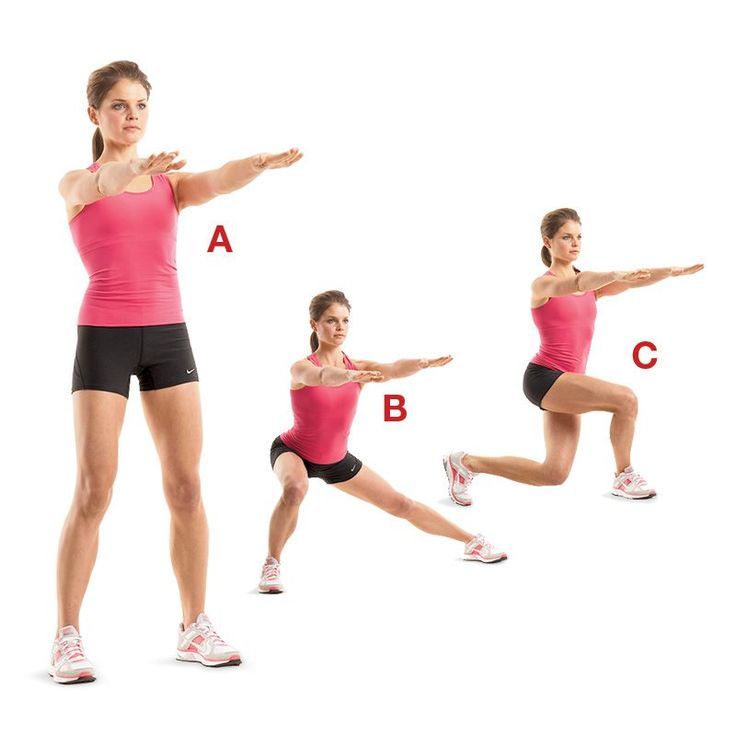 As you lower the leg back down to the starting position, engage your core and flex your foot to help activate your hamstrings and control the movement. Repeat, completing three sets of 12 to 15 reps on each side.
As you lower the leg back down to the starting position, engage your core and flex your foot to help activate your hamstrings and control the movement. Repeat, completing three sets of 12 to 15 reps on each side.
Katie Boren/Sofia Kraushaar
5. Calf Raises
*No surprises here, this works your calves! It can also help prevent ankle injuries and shin splints.
Step 1: Using a chair, couch, wall or ballet bar for balance (if needed), begin standing on one leg with your feet parallel.
Step 2: Lift the heel of your working foot and rise up on the ball of your foot to demi pointe. Slowly lower the heel back down and repeat, completing two sets of 10 to 15 reps on each side.
Katie Boren/Sofia Kraushaar
6. Grand Plié Second With Weights
*Targets your hamstrings, inner thighs, glutes and core.
Step 1: Begin in a wide second position with two dumbbells resting on each shoulder (stick to 8 to 15 pounds).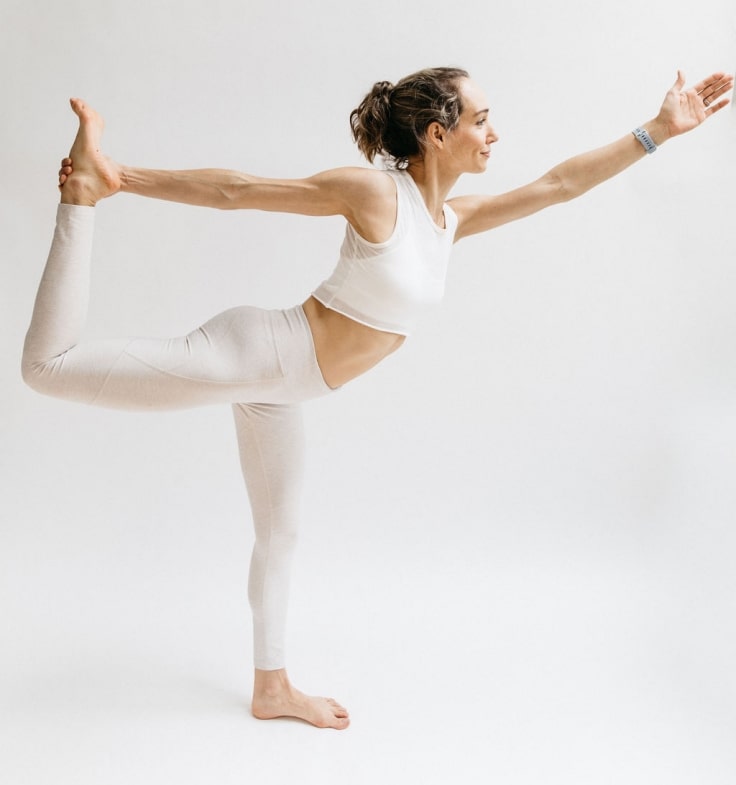 Bend your knees into a plié and lower the hips down to knee height, keeping your core engaged, spine neutral and upper body lifted.
Bend your knees into a plié and lower the hips down to knee height, keeping your core engaged, spine neutral and upper body lifted.
Step 2: At the bottom of the plié, squeeze your glutes and inner thighs to lift the hips up, returning to the starting position. Keep your shoulders (and weights) stacked directly above your hips throughout the movement. Complete three sets of 10 reps.
More Stories You'll Love
wellness
by Jaime Wright
Your Weekly Horoscopes: November 20 to 26, 2022
wellness
by Emma Singer
How Often Should You Get a Pap Smear? We Asked an OBGYN
wellness
Michelob ULTRA Is Helping First-Time Marathoners, Inspired by a Pioneer in the Sport
wellness
by Olivia Dubyak
35 Gifts for Golfers They’ll Love, Whether They’re on the Green or at Home
wellness
by Sarah Stiefvater
What Is ‘The Ick’ (& Once You Get It, Is the Relationship Over)?
wellness
by Jaime Wright
Your Weekly Horoscopes: November 13 to 19, 2022
4 steps to perfect dancer's legs
- Dec 16, 2014
- DANCE-mania, Blog, Video, Health, Exercise
Dancer's feet.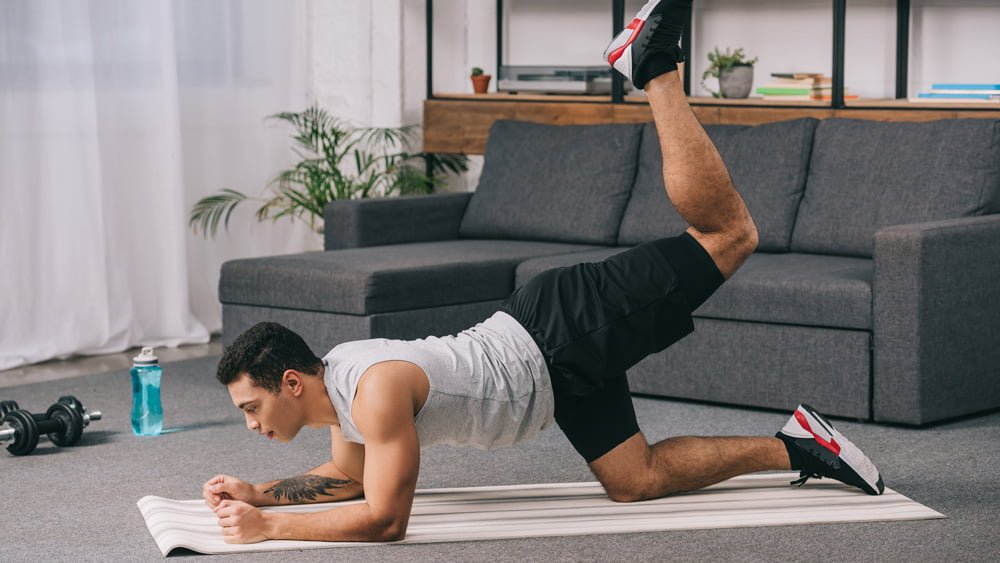 They are not just long and thin. They are strong. They are flexible. And they do not appear easily by themselves.
They are not just long and thin. They are strong. They are flexible. And they do not appear easily by themselves.
This article contains four basic exercises that work your legs from top to bottom, with which you can achieve the perfect dancer's legs.
Trust the experts!
1. Glutes and Hamstrings - Marching leg raises, leaning on the ball.
Strong buttocks not only allow you to move faster and more vigorously, but also help prevent injuries to your knees and lower back.
Lie on your back face up with your knees bent and your feet on a large ball. Raise your hips so that your body forms a straight line from your shoulders to your knees (A). Raise one knee to your chest (B). Then lower back, lift the other knee. Continue the exercise by changing legs.
2. Inner thigh - squats (Standing Plié Squat).
The muscles of the inner thigh, like all other muscles of the upper leg, help stabilize the knee joint. And when it comes to turnout, many dancers try to work from the knee. Strong inner thigh muscles will help you turn your legs exactly where you want them to.
And when it comes to turnout, many dancers try to work from the knee. Strong inner thigh muscles will help you turn your legs exactly where you want them to.
Begin the plie exercise in wide second position, hands in second position with palms up.
Corn the buttocks and muscles of the inner surface of the thigh, getting up and raising your hands over your head.
Return to starting position and do 3 sets of 10 reps at a fast pace.
Let's make it harder! At the end of each rep, hold the plié and do 20 small up and down pulsating movements.
For maximum effect, stay in plie and pulse forward with 20 knees.
for advanced ones: at the end of each series, rub the heel from the floor and squeeze the hip muscles, go up to the half -packages and linger in 10 accounts.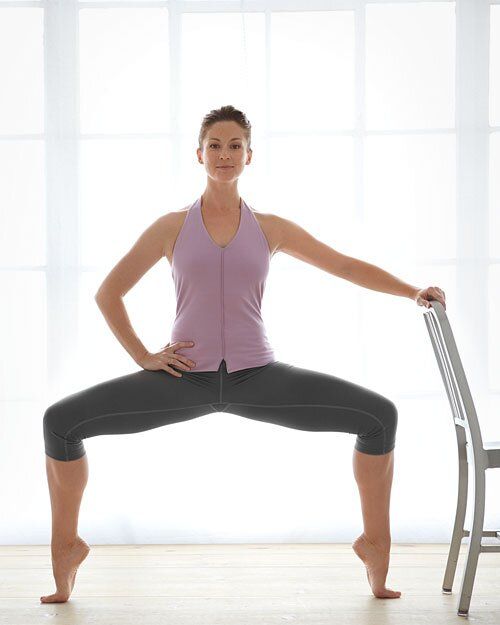
During the exercise, make sure that the muscles of the lower body are involved and that the hips are always kept directly under the shoulders.
For some, this exercise is old hat, but for us it is a classic. The toe raise strengthens both parts of the calf - the calf (the one you usually see on the back of the leg below the knee) and the soleus (which is under it). The next time you're balancing on your toes in a dance studio and trying to reach something on the top shelf, thank your strong calves.
A. Stand next to a chair with your heels together and toes apart. Place your right hand on the back of a chair, your left hand on your belt.
B. Slowly rise up on your toes. Hold at the top for a few seconds, then lower your heels. Repeat 10-15 times.
Be sure to stretch after strengthening exercises!
And finally, inspiring photos of beautiful dancing legs!
Share:
5 dance styles that will help strengthen your legs
One can talk endlessly about the benefits of dance and its effect on the human brain. Today we will talk about more applied, but no less important things: for example, about which types of dances will make your legs toned and strong.
Today we will talk about more applied, but no less important things: for example, about which types of dances will make your legs toned and strong.
1. Salsa
Salsa is a modern social dance that originated in the 1970s in the United States and Latin America.
Best for: for those who want to pump their lower body without exhausting strength training and recharge their batteries.
What muscles are involved: all major muscle groups. The movements in the dance are very intense - when performing different sequences of steps, the gluteal muscles, hamstrings, quadriceps muscles of the thighs and calves actively work. The back and arms in the dance must take certain positions, so they also receive a load, although to a lesser extent.
The famous salsa step: with minor adjustments for different dance styles (there are seven in total) the basic movements consist of fast-fast-slow steps to four percussive rhythms. Every fourth count is used to slowly transfer weight, pause, or - in some styles - to kick (throw out the leg) or tap (kick the floor with the foot).
Every fourth count is used to slowly transfer weight, pause, or - in some styles - to kick (throw out the leg) or tap (kick the floor with the foot).
Why else do you need to do salsa:
- while dancing improves blood circulation;
- active movements burn 5 to 10 calories per minute;
- regular salsa exercises help control lipid levels and blood sugar levels;
- improves emotional health;
- social skills are improved (since salsa is primarily a pair dance).
2. Flamenco
Flamenco is a southern Spanish folk culture that includes both song and dance. Flamenco can be sung, danced and even played (guitar).
Suitable for: for those who want to try something completely new (and train their brain at the same time). By the way, experienced dancers passionately claim that flamenco has no nationality, gender or age.
Muscles Used: flamenco is essentially rhythmic tapping of fractions with the feet, so that during the dance all the muscles of the legs work intensively, and all areas are involved, from the hip to the foot. When performing turns, tilts of the body, twists and other asymmetric elements, the oblique abdominal muscles receive a good load.
In terms of technique, this folk single dance is one of the most difficult. He allows constant improvisation, his drawing is intricate and contradictory, his movements require good physical preparation, flexibility and control of his own body, and the rhythm requires decent endurance.
Why you still need to do flamenco:
- dance “sculpts” a relief back, forms an impeccable posture and beautiful hands;
- dance develops intelligence.
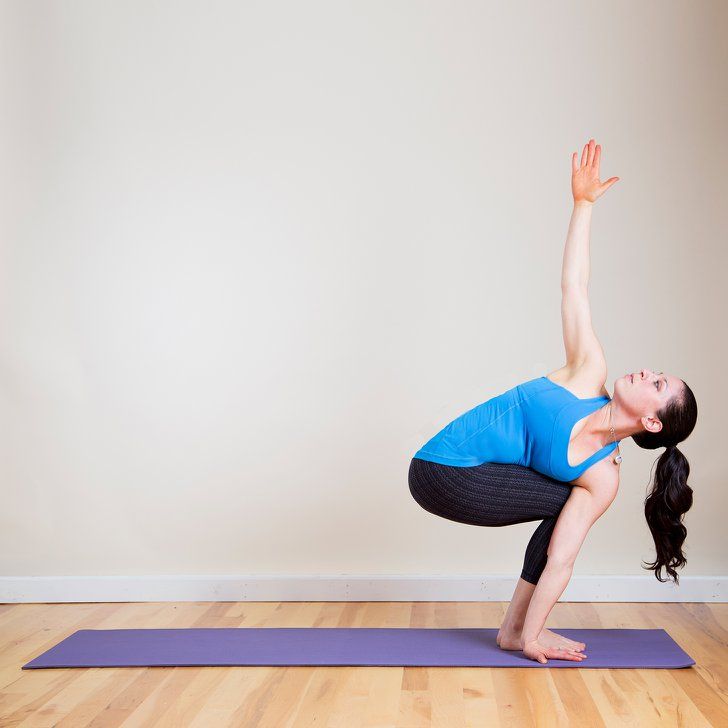 Flamenco is called a “smart art”, to comprehend which you need to learn Spanish (at least at a basic level), master solfeggio, rhythm, ideally, master the basics of vocals and even improve your knowledge of mathematics (flamenco has very complex rhythms that need to be calculated in your head) .
Flamenco is called a “smart art”, to comprehend which you need to learn Spanish (at least at a basic level), master solfeggio, rhythm, ideally, master the basics of vocals and even improve your knowledge of mathematics (flamenco has very complex rhythms that need to be calculated in your head) .
3. Contemp
Contempo is a combination of dance techniques from Western (classical dance, modern jazz) and Eastern (qigong, taijiquan, yoga) arts of movement. The main exercises are built by analogy with classical and modern ones: from simple to more complex. The lesson includes exercises in the stalls (work on the floor), relaxation techniques, as well as stretching.
Suitable for: for those who want to explore themselves more deeply, as well as fans of martial arts.
What muscles are involved: all, since the peculiarity of the dance is the alternation of muscle tension and relaxation, falling and lifting, sudden stops (often on straight legs) and balancing.
Why else do you need to do contemporary:
- it's aesthetically beautiful;
- dance will help you master breathing practices. Breathing during the contempo plays a big role - it should be measured. This feature kontepm learned from martial arts.
4. Irish solo dance
Solo Irish dances owe their origin to the masters of dance
- traveling teachers who appeared in Ireland in the 18th century. The peculiarity of the Irish dance is in fast and clear foot movements, while the body and arms remain motionless.
Who will suit : independent fans of James Joyce and lovers of order in everything.
What muscles are involved: all the muscles of the legs (to beat an energetic rhythm) and the back (which is always tense).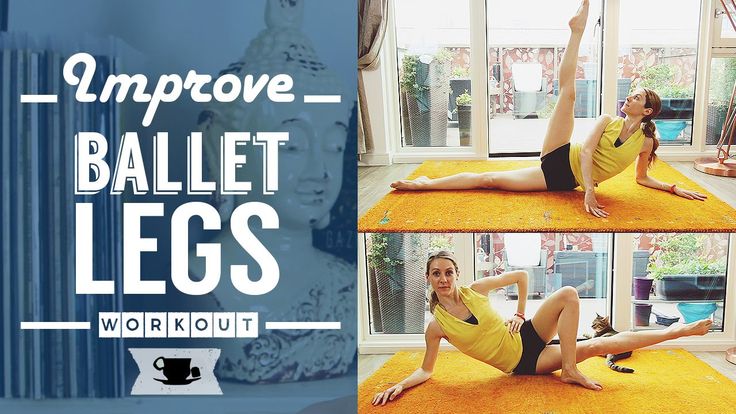 Since the Irish dance is characterized by the eversion and cross position of the legs, as well as the aspiration of the dancer upwards, a beautiful posture and a fixed body play a very important role - the hands should be pressed to the sides during the dance.
Since the Irish dance is characterized by the eversion and cross position of the legs, as well as the aspiration of the dancer upwards, a beautiful posture and a fixed body play a very important role - the hands should be pressed to the sides during the dance.
Why else do you need to learn Irish dancing:
- it's physically difficult - about 800 calories are burned per hour of training;
- is fun. Seriously, thanks to its energy and positiveness, Irish dances in various manifestations and forms continue to win the hearts of people in all corners of the world, from Japan to Africa.
5. Bachata
This is a couple dance that originated in the Dominican Republic in the 1960s during the country's economic decline. Bachata was danced in spite of: dictatorship, military coups, difficulties. There is a version that the inhabitants of the Dominican Republic tried to support each other in difficult times, hence the gentle, almost intimate performance of the dance.